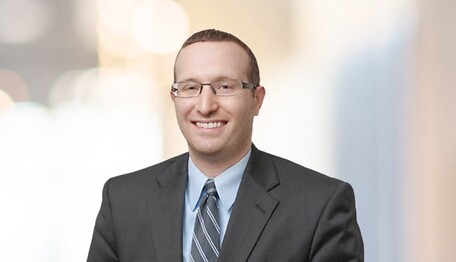Supreme Court of Pennsylvania Discards Long-Standing Percentage Revenue Test for Assessing Venue But Its Application to Healthcare Services May Be Different
Last week, the Supreme Court of Pennsylvania issued yet another opinion making it easier for plaintiffs to choose preferred venues to sue corporations. Continuing a trend that has emerged over the last several years, the Supreme Court revisited decades of past jurisprudence and held that the percentage of revenue a business generates from sales in a particular county, in and of itself, could no longer justify transferring a case out of the plaintiff’s chosen venue. Historically, Pennsylvania courts had held that if a business generates a de minimis amount of revenue from product sales in a particular county, the company does not “regularly conduct business” within that county sufficient to confer venue under Pa. R. Civ. P. 2179.
Significantly departing from this standard, in Hangey v. Husqvarna Pro. Prods., the Court held that the manufacturer of a riding lawnmower had to defend a personal injury lawsuit in Philadelphia County even though the injury occurred more than 150 miles away in Wayne County and the evidence adduced in venue discovery revealed that Husqvarna derived just 0.005% of its total revenue from sales in Philadelphia County.
For product sellers, this case appears to stand for the proposition that any amount of sales, however de minimis, will be sufficient to confer venue in any county in Pennsylvania. How this ruling will apply to other types of business – including healthcare providers – is less clear. Although the Supreme Court disapproved using percentage revenue as a dispositive factor, it reaffirmed the principle that each case’s venue analysis rests on its own facts and must take into account the unique features of the defendant’s business. Accordingly, healthcare providers may still be successful in distinguishing Hangey on the grounds that the provision of healthcare services is fundamentally different from product sales such that the “percentage revenue” model of analysis simply does not apply. Other metrics, including patient encounters and number of physicians who actually render care in a particular county, are arguably more appropriate to gauge the “regular conduct of business” in the healthcare context.
Although Hangey certainly makes challenging venue more difficult, it is unlikely to be the last word on the issue for healthcare providers. Continued robust challenges to venue are expected to continue into 2024.
For more information or if you have questions about this or another Healthcare matter, please contact Joshua Gajer, Partner (gajerj@whiteandwilliams.com or 215.864.6837) or Margaret MacDonald, Associate (macdonaldm@whiteandwilliams.com or 215.864.7050), or a member of the Healthcare Practice Group.
Related Materials
PRACTICE AREAS
Practice Areas
KEY ATTORNEYS
-
Partner
-
Associate


